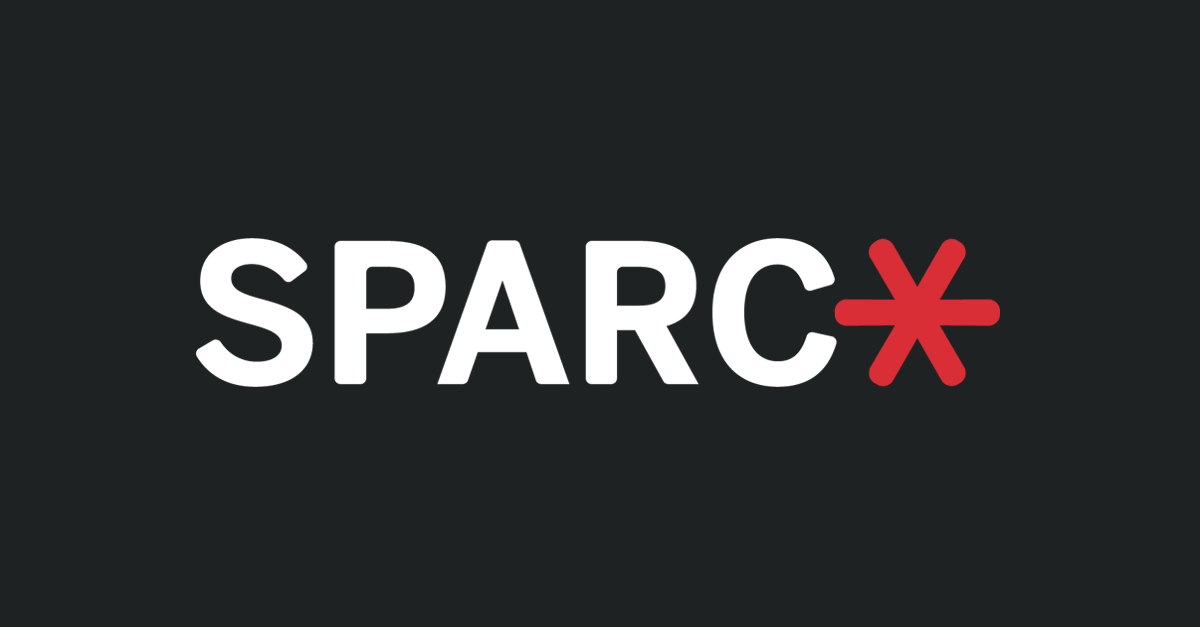
According to the traditional publication agreement, all rights —including copyright — go to the journal. You probably want to include sections of your article in later works. You might want to give copies to your class or distribute it among colleagues. And you likely want to place it on your Web page or in an online repository if you had the choice. These are all ways to give your research wide exposure and fulfill your goals as a scholar, but they are inhibited by the traditional agreement. If you sign on the publisher’s dotted line, is there any way to retain these critical rights?
Yes! The answer is to use the SPARC Addendum.
 The SPARC Author Addendum is a legal instrument that modifies the publisher’s agreement and allows you to keep key rights to your articles. The Author Addendum is a free resource developed by SPARC (Scholarly Publishing and Academic Resources Coalition) in partnership with Creative Commons, established non-profit organizations that offer a range of copyright options for many different creative endeavors.
The SPARC Author Addendum is a legal instrument that modifies the publisher’s agreement and allows you to keep key rights to your articles. The Author Addendum is a free resource developed by SPARC (Scholarly Publishing and Academic Resources Coalition) in partnership with Creative Commons, established non-profit organizations that offer a range of copyright options for many different creative endeavors.
The author is the copyright holder. As the author of a work you are the copyright holder unless and until you transfer the copyright to someone else in a signed agreement.
Assigning your rights matters. Normally, the copyright holder possesses the exclusive rights of reproduction, distribution, public performance, public display, and modification of the original work. An author who has transferred copyright without retaining these rights must ask permission unless the use is one of the statutory exemptions in copyright law.
The copyright holder controls the work. Decisions concerning use of the work, such as distribution, access, pricing, updates, and any use restrictions belong to the copyright holder. Authors who have transferred their copyright without retaining any rights may not be able to place the work on course Web sites, copy it for students or colleagues, deposit the work in a public online archive, or reuse portions in a subsequent work. That’s why it is important to retain the rights you need.
Transferring copyright doesn’t have to be all or nothing. The law allows you to transfer copyright while holding back rights for yourself and others. This is the compromise that the SPARC Author Addendum helps you to achieve.
Publishers’ agreements (often titled “Copyright Transfer Agreement”) have traditionally been used to transfer copyright or key use rights from author to publisher. They are written by publishers and may capture more of your rights than are necessary to publish the work. Ensuring the agreement is balanced and has a clear statement of your rights is up to you.
Publishing agreements are negotiable. Publishers require only your permission to publish an article, not a wholesale transfer of copyright. Hold onto rights to make use of the work in ways that serve your needs and that promote education and research activities.
Value the copyright in your intellectual property. A journal article is often the culmination of years of study, research, and hard work. The more the article is read and cited, the greater its value. But if you give away control in the copyright agreement, you may limit its use. Before transferring ownership of your intellectual output, understand the consequences and options.
Explain to the publisher why it is important for you to retain these rights in your own work.
Ask the publisher to articulate why the license rights provided under the SPARC Author Addendum are insufficient to allow publication.
Evaluate the adequacy of the publisher’s response in light of the reasonable and growing need for authors to retain certain key rights to their works.

Except where otherwise noted, this work is licensed under a Creative Commons Attribution-NonCommercial 4.0 International License. For details and exceptions, see the Library Copyright Statement.
© 2016-23 The University of Texas at Arlington.
University of Texas Arlington Libraries
702 Planetarium Place · Arlington, TX 76019 · 817-272-3000